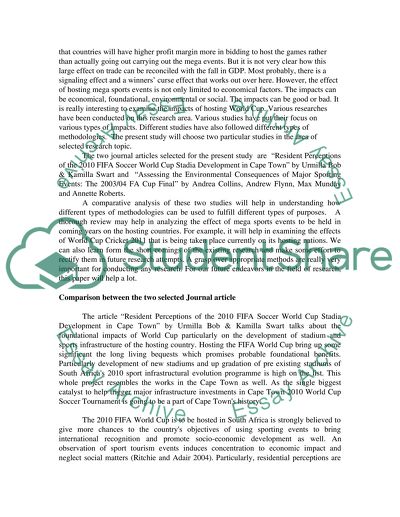Cite this document
(“Produce a report comparing the methodological approaches undertaken by Essay”, n.d.)
Retrieved from https://studentshare.org/environmental-studies/1412232-produce-a-report-comparing-the-methodological
Retrieved from https://studentshare.org/environmental-studies/1412232-produce-a-report-comparing-the-methodological
(Produce a Report Comparing the Methodological Approaches Undertaken by Essay)
https://studentshare.org/environmental-studies/1412232-produce-a-report-comparing-the-methodological.
https://studentshare.org/environmental-studies/1412232-produce-a-report-comparing-the-methodological.
“Produce a Report Comparing the Methodological Approaches Undertaken by Essay”, n.d. https://studentshare.org/environmental-studies/1412232-produce-a-report-comparing-the-methodological.


